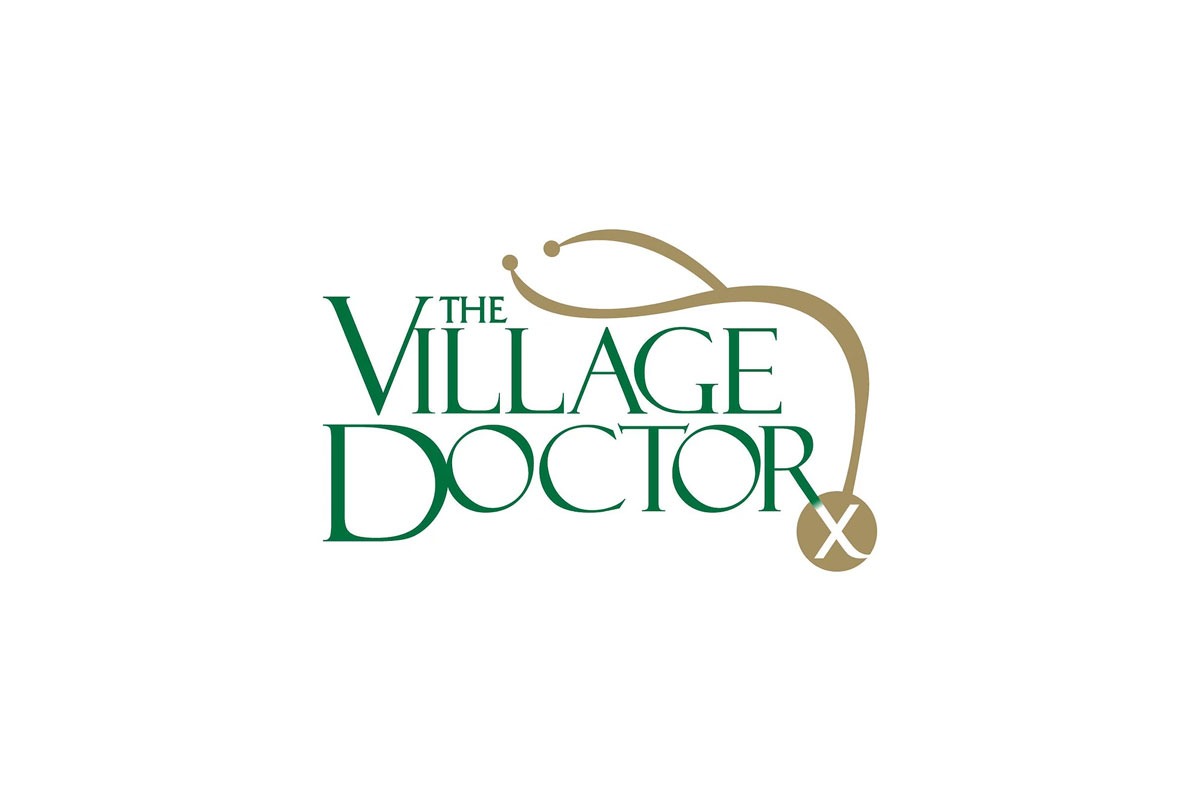How Can We Help?
When can we start reopening our community and getting back to business?
This is a complicated and important question with significant economic, political, and public health components. Today’s Internal Medicine Grand Rounds at Stanford (April 29, 2020) started to talk about this and what follows are some abbreviated notes shared by our own Dr. Jennifer Abrams.
Community “reopening” will be staged, with specific criteria for moving on to the next stage. Availability of widespread testing is necessary as an early warning system. To have adequate monitoring, a Harvard report suggests 5 million tests per day will need to be available by early June and 20 million per day by July. We also need public health capacity to sufficiently trace contacts, isolate and quarantine people. Andy Slavitt, a former director of Medicare and Medicaid in the Obama administration and Scott Gottlieb, a former FDA chief for President Trump, proposed to the government that $47 billion is needed to do this adequately.
We are entering the “end of the beginning phase” of the crisis. Testing will be a key piece of the reset – with the potential to help us move away from blanket restrictions to policy that is more calibrated to risk. Current serology testing continues to have significant scientific uncertainty with respect to immunity along with test quality problems. It is a prudent approach to STOP using the results of current serology testing to influence policy for now. More than 100 serology tests have been submitted to the FDA for review. Many of them are foreign-manufactured, with aggressive marketing and less aggressive science. There is growing evidence of poor accuracy of these tests. Chile is issuing immunity certification “passports” while Germany, the UK, Italy & the Trump administration are considering issuing them. Note that the WHO has recommended against them. Regardless of what the US government decides to do, the private sector may move forward with them to enable people to come back to work, so we should understand the limitations. There are legal, ethical, and policy concerns with immunity certification programs: inequitable access to testing, discrimination based on disease status, racial and socioeconomic disparities, fraud & intentional infection, standardless testing. some precedent and courts have generally endorsed immunity certification programs when risk is substantial (e.g. travel requirements & documentation, e.g. yellow fever immunization).
What about the economic and social COSTS of Sheltering in Place (SIP)? Social cost-benefit analysis (“SCBA”) is a common framework for policy evaluation. SCBA requires developing a full list of benefits and harms for everyone in the society, then translates all benefits and harms into monetary units to enable comparison across very different domains and across people. One can then choose to adopt policy if the benefits are greater than the harms. For example: a paper written recently for the National Bureau of Economic Research (NBER) estimates that over four weeks of shelter in place in California, 1,661 deaths were averted, but 400 jobs were lost per life saved. SCBA would translate both into a monetary value and when the cost is greater than the benefit policy makers can argue for a change. However this can only be done when we know enough to make accurate assumptions for SCBA. In the early days of SIP we simply did not know enough.
It is also very important to be clear about the policy being considered and its alternatives. For example, in March 2020 the calculation was between shelter in place versus an unmitigated pandemic. Today it’s whether to continue SIP versus re-open the economy. The key questions that have to be answered are have test & testing capacity increased enough, and how manageable are the economic consequences?
The intended benefits of SIP are reduction in COVID-related mortality and morbidity, and preventing the collapse of the health care system. The unintended benefits are fewer deaths from accidents and pollution, and learning new methods to work from home. The harms of SIP include: health-related, eg. foregoing medical care, and increases in domestic violence, isolation, stress, and economic worries i.e. “deaths of despair”; economy-related, eg. unemployment, loss of savings, bankruptcy of business, recession, large increase in government debt, and loss in tax revenue that funds social programs, and; human capital, eg. missed school, students entering into a weak labor market.
How does one assign a monetary value to a human life? From one of today’s participants, “That is probably the most important question that policy-makers have to confront here. The short answer is yes, lots of agencies use monetary values for decline in mortality risk. Most frequently used by the EPA for environmental policies. EPA currently recommends that the central estimate of $7.4 million ($2006)”. Note this central estimate is a statistical value based on the total dollar amount that a group would be willing to pay to save one statistical life in a year. This is what is meant by the “value of a statistical life.” Importantly, this is not an estimate of how much money any single individual or group would be willing to pay to prevent the certain death of any particular person. (You can read more about Mortality Risk Valuation on the EPA website here).


